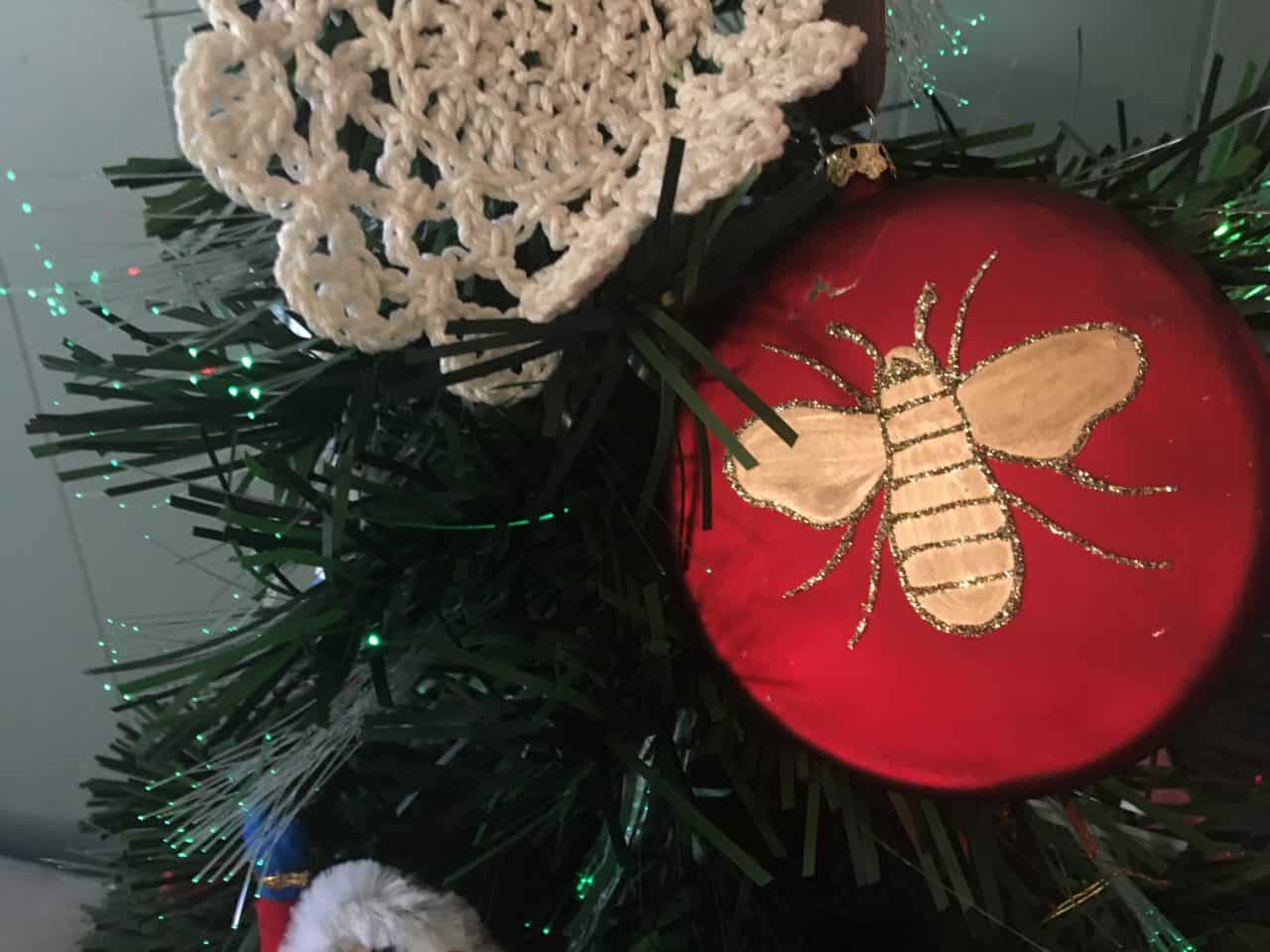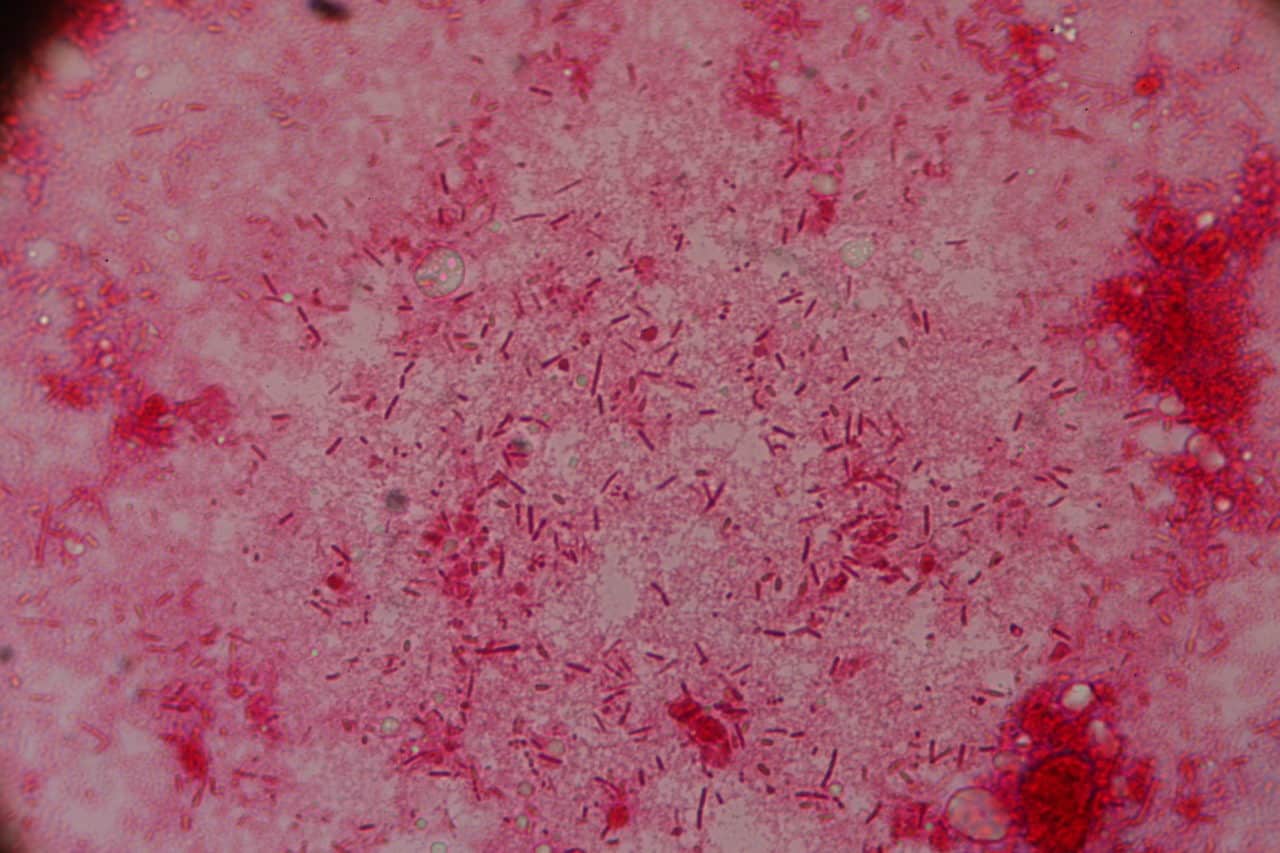How do beekeeper’s stewardship concepts relate to beekeeper beliefs and practices around Varroa management? That is the question asked by Christopher Thoms et. al. in their 2018 paper titled, "Beekeeper stewardship, colony loss, and Varroa destructor management" linked here. This study was based on data collected from the Bee Informed Partnership Loss and Management Survey, in collaboration with a team of environmental sociology experts from the University of Minnesota. They ask beekeepers about the advantages and disadvantages they see about managing for Varroa mites, and their motivations behind their treatment regimes. Two primary groups emerged, those whom we describe as Treatment Skeptics who avoid disturbing beehives…
Author: Mikayla Wilson
Bee Informed is Wonderful, So Happy to Have Them
Holiday Greetings!, Beekeepers participating in Bee Informed programs have access to a broad network of apiculture specialists. From the Bee Health Field Specialists that provide hands-on assessments with commercial beekeepers to the lab and database techs, and subject matter experts that provide timely insights to current trends, diagnosis of observed problems, and current and best practices for fixing those problems. But this isn't just how I would describe BIP, let's hear it from Jason Hough, a nuc, package bee and honey producer in Maryland who has these words to say about the Bee Informed Partnership as he was interviewed by Eric Malcolm in the video…
Honey Bee Viral Prevalence Map
Honey bee viruses have been widely surveyed and sampled for through the USDA APHIS Honey Bee Survey, BIP Tech Team samples, Emergency Response Kits, and other samples processed through joint co-operations through the University of Maryland bee lab. To share the results of these surveys through an openly accessible visualization, we have released a dynamically explorable map of viral results in the Bee Informed Database. This map will continually be updated as new and old data is uploaded to the database. Viruses are clearly implicated as a major driver of colony losses and economic impacts. A number of viruses are spread by varroa mites. Direct treatments…
Explore the BIP Database
There is a new link on our homepage titled "Explore!". Click here to explore the ever growing Bee Informed Partnership Database. Here we have new, interactive pages that allow you to view detailed honey bee health data from survey and sample efforts. You can view yearly, state loss data for the annual loss survey in an interactive map. Then, you can look at differences in loss levels based on management practices, filtering to any year or state of interest. Interested in pest levels found in your state? On our 'State Reports' page you can explore USDA APHIS honey bee survey data to find out varroa…
Blueberry Pollination in Maine Video
Here is a video I helped produce introducing commercial lowbush blueberry pollination in Maine. As part of a Specialty Crops Research Initiative (SCRI) project, this video series comes from the project titled 'Pollination Security in the Northeast' . We interviewed blueberry growers, beekeepers, and the researchers involved in this project to get to the bottom of, how blueberries are pollinated, the challenges, and some of the work this SCRI group is doing to improve pollination security of lowbush blueberry. Native bees are real important in bringing in the lowbush blueberry crop, overall, but commercial honey bees are real important, especially on the large commercial fields.…
Examining Bacteria From Colonies with Foulbrood Symptoms
Microscopy is a useful tool to diagnose honey bee problems. While working on some content for eXtension.org, I helped record the following video. These bacterial spores where found in a comb showing symptoms of American foulbrood disease. Paenibacillus larvae With Brownian Motion From a Honey Bee Colony Video description: Spores of the causative agent of American foulbrood disease in honey bee colonies are shown here. Paenibacillus larvae spores (seen here at 1000x) display brownian motion when the microscope slide is prepared with the hanging drop method. Acknowledgements: Organized, prepared slide: Michael E Wilson, University of Tennessee; videography & microscopy: Ernest Bernard, University of Tennessee; Video…
Beekeeping Video Game to Identify Brood Stages
OK, so maybe its not technically a video game, but Reed Johnson at Ohio State has developed an online program called Broodmapper.com to inspect brood frames. Citizen science is a term used describe similar projects, where the general public participates in the collection and analysis of data. Often the tasks include an educational component. In Broodmapper.com, you can learn or hone your skills in identifying eggs, brood age, diseased larvae, and other states you are likely to need to know when inspecting honey bee colonies. Once you complete a tutorial that shows you how to do these things, you can then apply your skills to…
Certified Production in Honey Bees
Product certification is a process designed to give some level of assurance to consumers that a product is produced under certain guidelines. In honey bees, we tend to most often think about USDA Organic certification of honey. However, there are other certification programs in honey bees including Certified Naturally Grown (CNG) and queens produced by the Russian Honeybee Breeders Association. I was recently asked to inspect a new Certified Naturally Grown apiary to provide confirmation that the beekeeper was following their definition of a "natural" product, defined mostly by the absence of "any synthetic herbicides, pesticides, fertilizers, antibiotics, hormones, or genetically modified organisms". The…
Colony, a Beekeeping Documentary out on DVD
Get out your popcorn. Film directors Carter Gunn and Ross McDonnell’s bee movie “Colony” is out on DVD. Avoiding the quirky approach of “Vanishing of the Bees”, Carter and Ross allow you to experience the reality of California beekeepers facing threats of Colony Collapse Disorder and the declining US economy in 2008-2009. Certainly not a downer, the film also captures the excitement of life challenges, nature, agriculture, and successes hard fought. I had the opportunity to meet Carter and Ross over dinner at the 2007 Heartland Apiculture Society conference in Kentucky. They were just about to set out on their cinematic journey West after…


